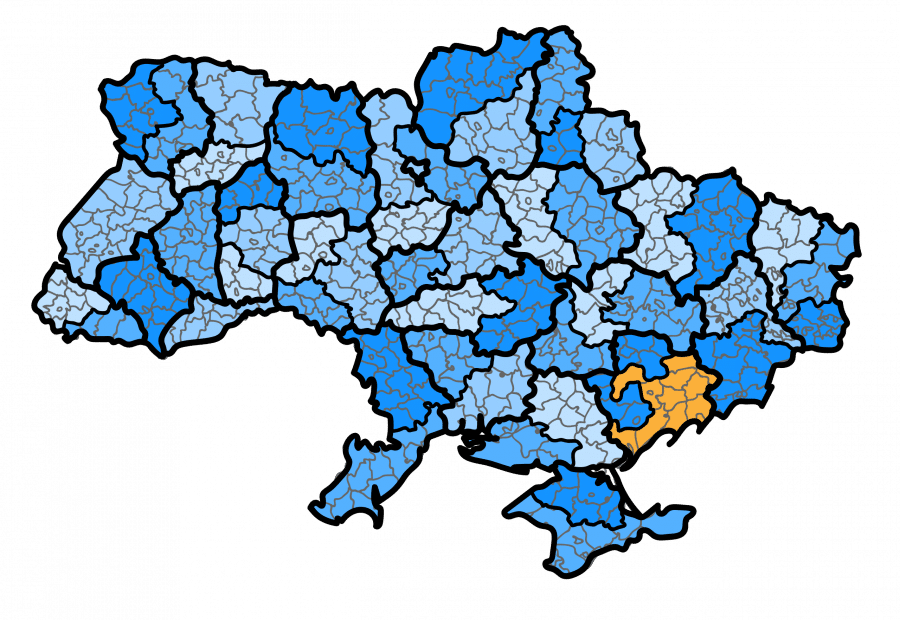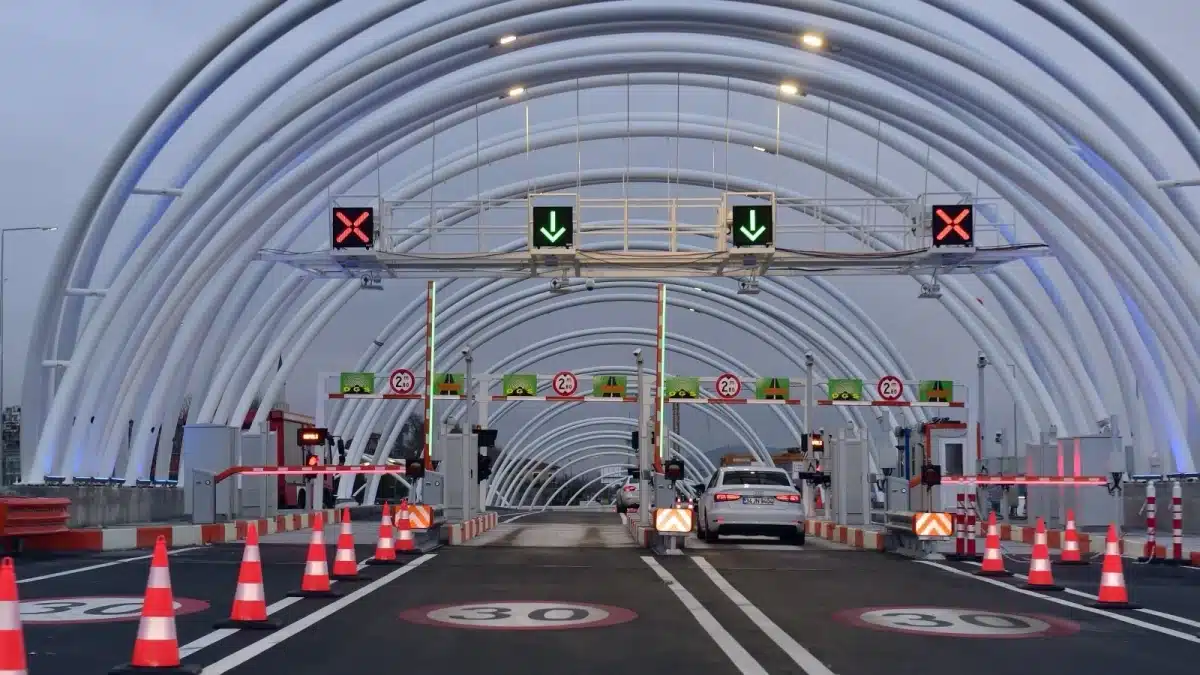FECRIS is the European Federation of Centers for Research and Information on Sects and Cults, an umbrella organization funded by the French government, that gathers and coordinates “anti-cult” organizations throughout Europe and beyond. It has been the subject of several of our articles recently, for their support of the Russian propaganda against Ukraine, which had started far before the current invasion of Ukraine, but recently culminated through their Russian representatives.
In France, FECRIS is currently on trial, following a lawsuit filed by an NGO with UN consultative status named CAP Freedom of Conscience. The UN NGO is asking the Court of Marseille to disband FECRIS, due to its illegal activities, which include their support to their Russian members which are rabid attackers of Ukraine.
FECRIS under scrutiny
Feeling under scrutiny since the beginning of the war in Ukraine, FECRIS had first hidden from their website the names of their Russian associations. But that did not prevent 82 Ukrainian prominent scholars to write to President Macron asking for the end of FECRIS funding by the French government. So recently, FECRIS has merely taken off the whole list of its members from its website. Meanwhile, the Russian Orthodox “anticultist” and anti-Ukrainian attacker Alexander Dvorkin was still part of the board of FECRIS, after having been its vice-president for 12 years, a kind of thorn in the side of FECRIS, struggling with its court case and its international catastrophic reputation.
A few days ago, a new list was put on their website, which of course did not mention anymore any Russian member-association. But interestingly enough, the list which contained 57 associations before the war, is now made of only 19 members… It’s a definite downfall. The listing is preceded by a warning: “any association (and its members) not included in this list is not or no longer part of FECRIS”. Does that mean that FECRIS is terminatedly shrinking, or that its 57 members where fake? That is what we wanted to understand.
Members “not authorized” to answer
So, we wrote to all current and “former” members of FECRIS asking a few questions about these new changes. Most of our requests remained unanswered, including with the President of FECRIS Belgian deputy André Frédéric, but we got a very few, but insightful, responses.
An Italian association which had been unlisted, S.O.S. ANTIPLAGIO, answered that they were not aware of having been unlisted and had not been warned in advance about it.
The Treasurer of FECRIS Didier Pachoud refused to answer and said that he would prefer that the answers come from the President of FECRIS. He said that he forwarded him the questions (which I had already sent) but I never heard back from the President.
The former President of FECRIS, Friedrich Griess, started by answering that he was not authorized to answer. Authorized by whom? I insisted politely and asked him what he thought of the numerous statements of Alexander Dvorkin and other Russian members of FECRIS regarding the war in Ukraine and the fact that Ukraine would be run by « cultists » manipulated by the West. He finally told me that he “was aware of the situation”, that he did “not support in any way the politics of Mr. Putin” and was “very unhappy about the actual situation because” he is “a good friend of Mr. Dvorkin”.
Finally the director of A.V.P.I.M. – Association des Victimes des Pratiques Illégales de la Médecine, Belgium, made an interesting answer. He explained to me that he was not in contact with FECRIS for 15 years, so before Alexander Dvorkin became the Vice President of FECRIS, and added that he had never been an active member of FECRIS. As his association was prominently featured as affiliated on FECRIS website in 2022, that triggered some curiosity.
So I randomly assessed some of the 38 associations that have been unlisted.
Fake members or disaffected ones
One of them, a Swedish group called Föreningen Rädda Individen (“Save the Individual Association”), had their website disappear end of 2020, and their last articles at this date were from 2017. So it looks that the association was not active for the last 6 years whilst it stayed on the FECRIS member list until recently.
Another one, NSS, National Spiritual Security of Armenia, had a website address that sends you directly to the National Security Service of Armenia, the main intelligence service of the country. Does that mean that FECRIS is actively working with that intelligence service, as they did with the FSB and other intelligence services in many states? God knows. But for sure, this “member”, whether it never existed or was really the Armenian intelligence service, had a taste of fake.
The association listed under the name S.A.D.K. – Schweizerische Arbeitsgemeinschaft gegen destruktive Kulte, in Switzerland, was in fact an Evangelical Center of Information, which for the French FECRIS, may taste a bit unsecular.
One of the disappeared associations, Sektenberatung Bremen (“Cult Advice of Bremen”), from Germany, seemed to be a one-man operation, has no website and since the late 90s there is no news about it anywhere.
Association of Religious Study Centers, in Kazakhstan, had only a Facebook page which does not exist anymore at least since 2021. It was never scanned by Web.archive.org before.
A French FECRIS association named Attention Enfants (“Beware Children”) had their website vanished after May 2021. At this date, the last article on the website was dated 2006.
A Lithuanian association named C.P.B.- Cult Prevention Bureau never had any website, and no activity of such an association can be found on the internet, even in Lithuanian. Did it ever exist? Here again, God knows.
As we already explained in November, the Dneprpetrovsk City Center for the help to Victims of Destructive Cults “Dialogue”, in Ukraine, “has not published one line on their website since 2011. It looks like this member association stopped its activity more than 10 years ago but still remains on the FECRIS website to increase the number of members.” FECRIS had tried to defend itself against the accusations of being pro-Russian by stating they had Ukrainian members, but in fact one of them was not active for 10 years, and the other one was a pro-Russian Ukrainian operation.
A Norwegian FECRIS association called Foreningen Redd Individet (“Save the Individual Association”) had no website and can’t be found anywhere on Internet, at least with rapid research, besides being listed on FECRIS associated websites. Maybe it existed nevertheless, but before the existence of Internet…
Infosec, in Moldova: No activity, no website. On the website of the unlisted FECRIS group Pancyprian Parents Union, in Cyprus, the last publications are dated 2010. In Sweden, RAM – Riksorganisationen Aktiva mot Manipulering (“National Organization Active Against Manipulation”) has no website and no activity. Then the Ukrainian association named U.N.I.A. – Ukrainian Network “InterAction”, got their website disappearing in 2014, but even then, no article had been posted since June 2010.
Faking the list
No need to continue further. There are in fact two groups that have been unlisted from FECRIS website: one is the group of Russian members, whom FECRIS has supported for more than a decade and only disappeared when the risk for FECRIS reputation became too big for keeping them aboard. Through them, FECRIS has been an active supporter of Russian propaganda against Ukraine. Russian members had their main leader, Alexander Dvorkin, as Vice President of FECRIS until 2021 and he was member of the board until March 2023. FECRIS has never made any public statement to denounce the anti-Ukrainian activities of its members, and on the opposite, they have condoned their propaganda for years, inviting them to speak at their annual symposiums, along with official members of the French and Belgian governments.
The other group, maybe the biggest, is made of associations which in fact had stopped their activity long ago, if they ever had any. FECRIS was keeping them in the member list for one reason: look bigger when they were begging for subsidies from the French government.













